Timber Market: High-Value Species and Demand
- September 24, 2024
- 0 comment
The luxury timber market represents a specialized sector of the timber industry that focuses on high-value species prized for their rarity, beauty, and durability. These species are often used in premium products, including high-end furniture, architectural designs, and luxury goods like yachts and musical instruments. The demand for luxury timber is driven by the global appetite for exclusivity, craftsmanship, and prestige, making it an integral part of the global economy.
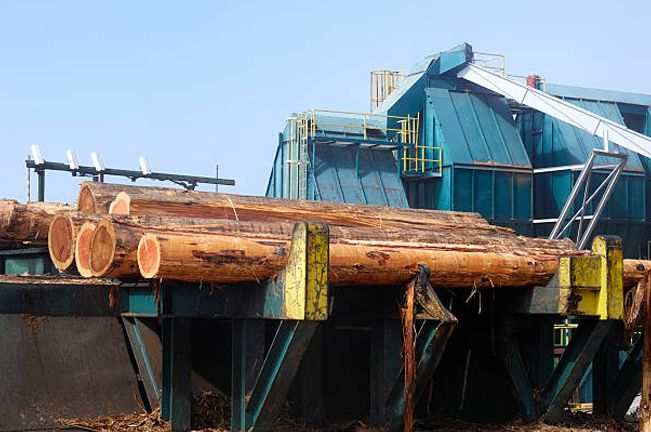
High-value timber species play a crucial role in international trade, often fetching premium prices due to their limited availability and superior qualities. The allure of these woods, along with the skilled craftsmanship that transforms them into luxury items, ensures their consistent demand in affluent markets. This market is heavily influenced by a desire for rare and exotic materials, driving the need for responsible sourcing and sustainable management practices to protect these valuable resources.
Table of Content
- High-Value Timber Species in the Luxury Market
- Factors Influencing Demand for Luxury Timber
- Economic Impact of the Luxury Timber Trade
- Sustainability Challenges in the Luxury Timber Market
- Luxury Timber and Global Trade Regulations
- The Future of the Luxury Timber Market
- FAQs
High-Value Timber Species in the Luxury Market
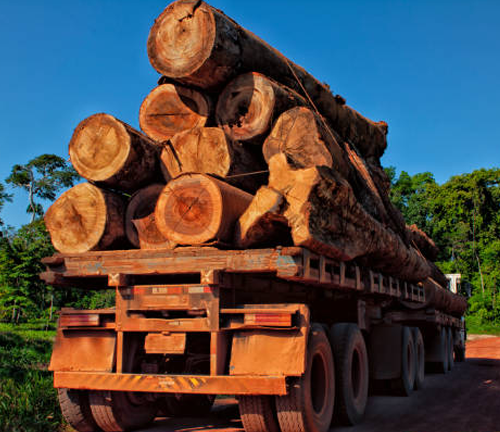
Mahogany
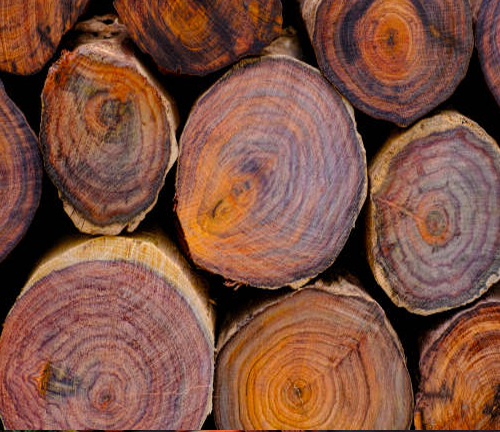
Rosewood
Some of the most sought-after timber species in the luxury market include mahogany, teak, ebony, and rosewood. Each species carries distinctive characteristics that make them valuable. Mahogany, known for its rich color and fine grain, is favored for premium furniture. Teak, with its natural oils and resistance to rot, is highly prized in the marine and outdoor furniture industries. Ebony, with its deep black hue and smooth texture, is often used in luxury musical instruments and inlay work. Rosewood, admired for its striking color variations and density, is a popular choice for high-end guitars and cabinetry.
These species are often sourced from specific regions, adding to their exclusivity. Mahogany is typically harvested from Central and South America, while teak comes from Southeast Asia, especially Myanmar. Ebony can be found in Africa, and rosewood is primarily sourced from India and Brazil. The geographic specificity of these woods further enhances their status in the market, contributing to their high value and demand.
Factors Influencing Demand for Luxury Timber

The demand for luxury timber is shaped by several market trends, including its use in creating bespoke furniture, high-end interior designs, and luxury yachts. In these industries, the desire for rare, high-quality materials drives the need for species like mahogany and teak. Consumer preferences for exotic woods, which are often seen as a symbol of wealth and exclusivity, also play a significant role in maintaining demand.
Craftsmanship is another critical factor in the luxury timber market. The skills required to work with these premium woods elevate their value. Products made from high-value timber often reflect meticulous attention to detail, enhancing the prestige associated with owning such items. In many cases, the combination of rarity, beauty, and skilled craftsmanship sustains a high level of demand despite the increasing emphasis on sustainable alternatives.
Economic Impact of the Luxury Timber Trade
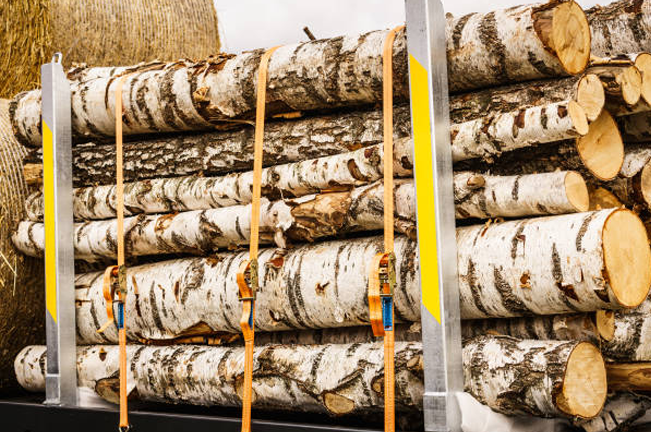
The luxury timber industry is a significant contributor to the global economy, generating substantial revenue through both domestic and international markets. High-value timber species command premium prices, benefiting not only the sellers but also the communities involved in their harvesting and production. In regions where luxury timber species are abundant, the trade of these woods often plays a critical role in supporting local economies.
Global markets for luxury timber are dominated by a few key players, including countries in Latin America, Africa, and Southeast Asia, where many high-value species are found. In addition to the economic boost provided to these regions, the luxury timber trade is also vital to international commerce, with products being exported to high-demand markets in Europe, North America, and Asia. The economic benefits extend beyond the timber industry itself, influencing sectors such as furniture making, interior design, and luxury goods manufacturing.
Sustainability Challenges in the Luxury Timber Market
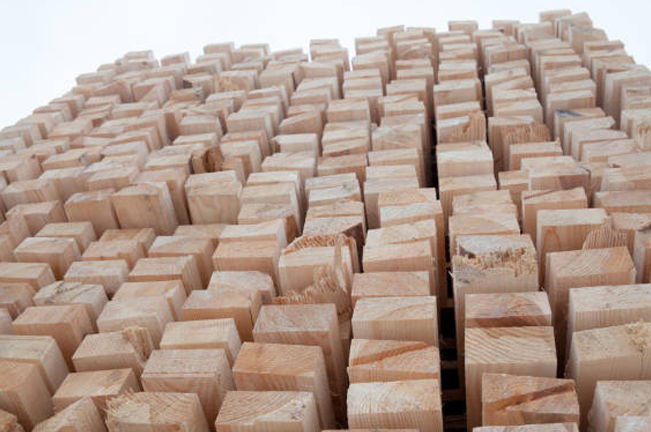
One of the most pressing issues in the luxury timber market is the overharvesting of high-value species, leading to significant environmental concerns. Many of these species are slow-growing and face the risk of depletion due to unsustainable logging practices. This has led to the decline of several luxury timber species, pushing some, like certain types of rosewood, to the brink of extinction.
Sustainable forestry practices have emerged as a necessary solution to preserve these species. Certification programs, such as the Forest Stewardship Council (FSC), promote responsible harvesting, ensuring that timber is sourced in ways that protect both the environment and the communities that depend on it. Regulations like the Convention on International Trade in Endangered Species of Wild Fauna and Flora (CITES) also play a crucial role in regulating the trade of endangered luxury timber species, promoting legal and ethical sourcing practices.
Luxury Timber and Global Trade Regulations
The international trade of luxury timber is subject to strict regulations to prevent overexploitation and illegal logging. CITES, for instance, regulates the trade of species like rosewood, ensuring that only legally sourced timber enters global markets. These regulations are essential to protecting endangered species and promoting sustainable practices in the luxury timber market.
Certification programs like FSC are also key in ensuring that timber products are sustainably sourced. These certifications provide consumers with the assurance that the wood they purchase comes from responsibly managed forests. The role of such programs in promoting transparency and ethical sourcing is critical to the future of the luxury timber market, as demand for certified products continues to rise in response to environmental concerns.
Illegal logging remains a significant threat to the luxury timber market, contributing to deforestation and loss of biodiversity. Governments, NGOs, and industry stakeholders must work together to enforce regulations and support sustainable forestry practices. Strengthening global trade regulations is vital to ensuring the long-term viability of high-value timber species.
The Future of the Luxury Timber Market
Looking ahead, the demand for luxury timber is expected to remain strong, driven by continued interest in high-end design and craftsmanship. However, supply may become more constrained as certain species become rarer due to overharvesting and environmental degradation. This is likely to increase the market value of these woods, making them even more desirable among affluent consumers.
Innovation in materials and design could play a transformative role in shaping the future of the luxury timber market. As consumers become more conscious of sustainability, alternative materials, such as engineered wood products or responsibly sourced timber, may gain prominence. Additionally, technological advancements in forestry management and timber production could improve the sustainability of high-value timber species.
Consumer preferences are also expected to shift toward more sustainable luxury products, with demand for certified timber increasing. This trend could lead to greater investment in sustainable forestry practices and conservation efforts, ensuring that high-value timber species continue to thrive for future generations.
Frequently Asked Questions (FAQs)
1. What is the luxury timber market?
The luxury timber market focuses on high-value timber species that are rare, durable, and visually appealing, often used in high-end products like furniture, yachts, and musical instruments. This market caters to affluent consumers who prioritize craftsmanship, exclusivity, and prestige.
2. Which timber species are considered high-value in the luxury market?
Some of the most sought-after species include mahogany, teak, ebony, and rosewood. These woods are valued for their strength, aesthetic qualities, and scarcity, making them ideal for premium goods.
3. Why is there high demand for luxury timber?
Demand for luxury timber is driven by its use in high-end markets like luxury furniture, yachts, and bespoke interior design. The rarity, craftsmanship, and prestige associated with these woods make them highly desirable among wealthy consumers.
4. How does the luxury timber trade impact the global economy?
The luxury timber market contributes significantly to the global economy by supporting industries such as furniture making, interior design, and high-end manufacturing. It also plays a crucial role in supporting local economies in regions where these species are harvested.
5. What are the environmental concerns related to the luxury timber market?
Overharvesting of high-value species has led to deforestation, loss of biodiversity, and the endangerment of certain species. Sustainable forestry practices and regulations are essential to mitigating these environmental risks.
6. How is the trade of luxury timber regulated?
Global trade in high-value timber species is regulated by agreements such as the Convention on International Trade in Endangered Species of Wild Fauna and Flora (CITES) and certification programs like the Forest Stewardship Council (FSC). These frameworks ensure sustainable sourcing and prevent illegal logging.
7. What role does sustainability play in the luxury timber market?
Sustainability is becoming increasingly important as consumers and businesses alike seek to balance demand with responsible forestry practices. Sustainable harvesting and ethical sourcing are crucial to protecting high-value species and the ecosystems they come from.
8. What is the future of the luxury timber market?
While demand for luxury timber is expected to remain strong, supply may become more constrained as species become rarer. Innovations in materials, a growing focus on sustainability, and regulatory enforcement will shape the future of the market.
9. Why are certification programs like FSC important for the luxury timber market?
Certification programs like FSC ensure that timber is harvested from responsibly managed forests, promoting sustainable forestry and providing transparency to consumers. These certifications help prevent illegal logging and protect endangered species.
10. What challenges does the luxury timber market face?
The market faces challenges such as illegal logging, overharvesting, and balancing demand with sustainable forestry practices. Addressing these issues is crucial to ensuring the long-term viability of high-value species.

Gilbert Griffin
Forestry AuthorGilbert Griffin is a forest management expert specializing in sustainable practices, forest health, conservation, and land management. With extensive knowledge in pest control, disease management, and habitat restoration, Gilbert develops strategies to preserve forest ecosystems and biodiversity. Passionate about the natural world, Gilbert adapts to changes in forest management and stays updated through continuous learning. Gilbert also provides seasonal advice to optimize forest care throughout the year.



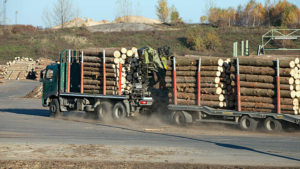
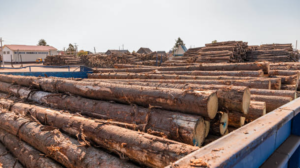
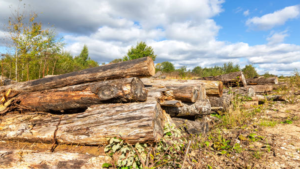

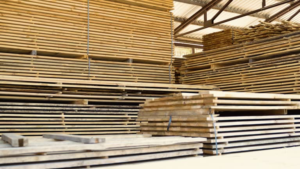

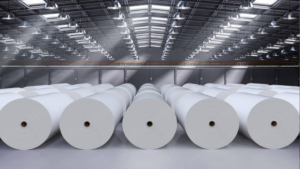
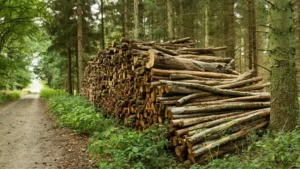
Leave your comment